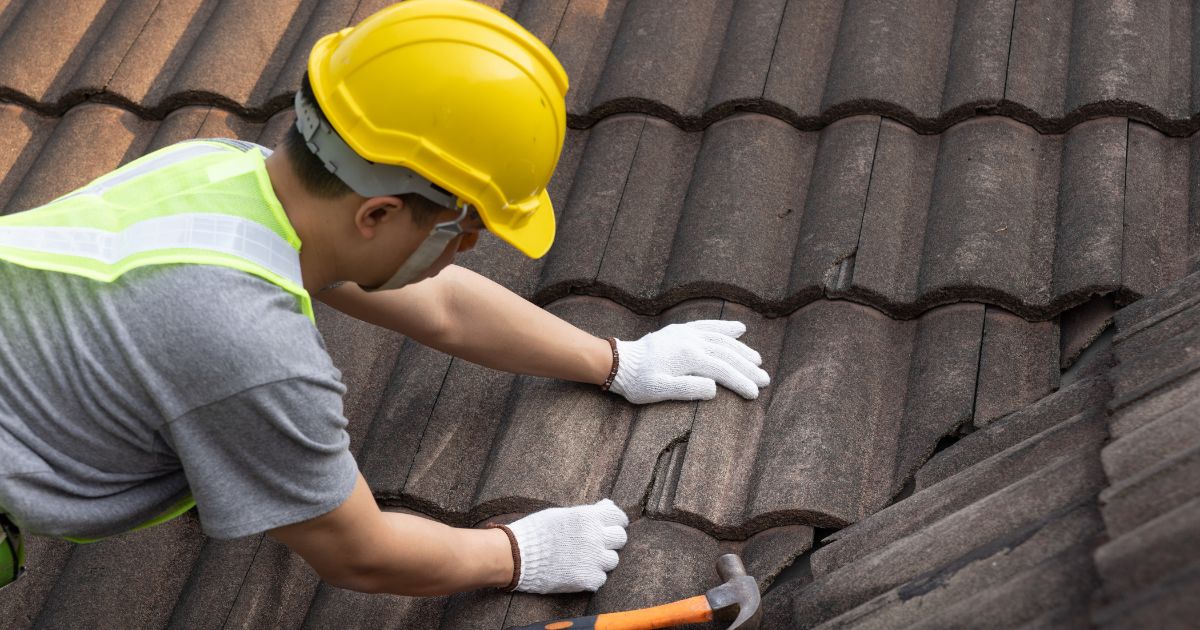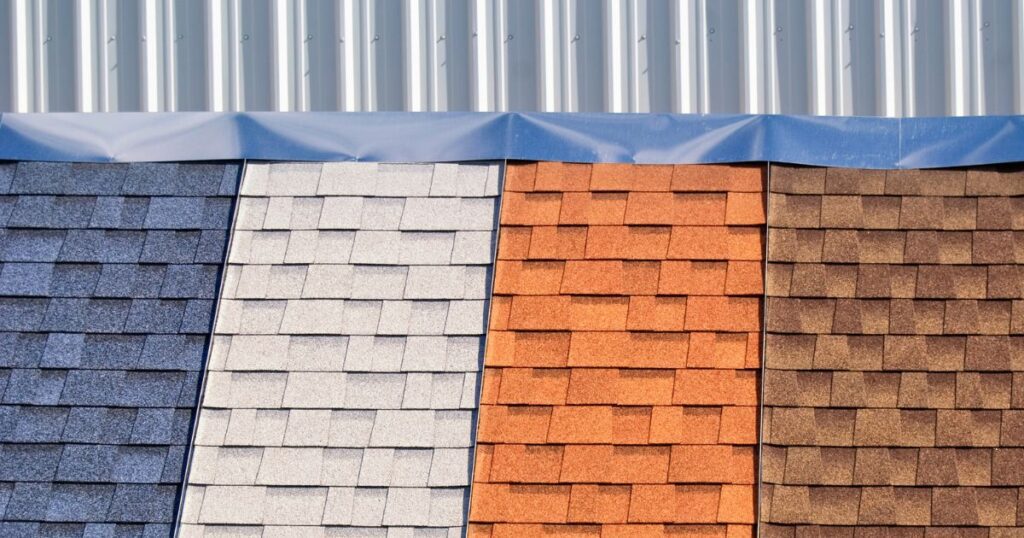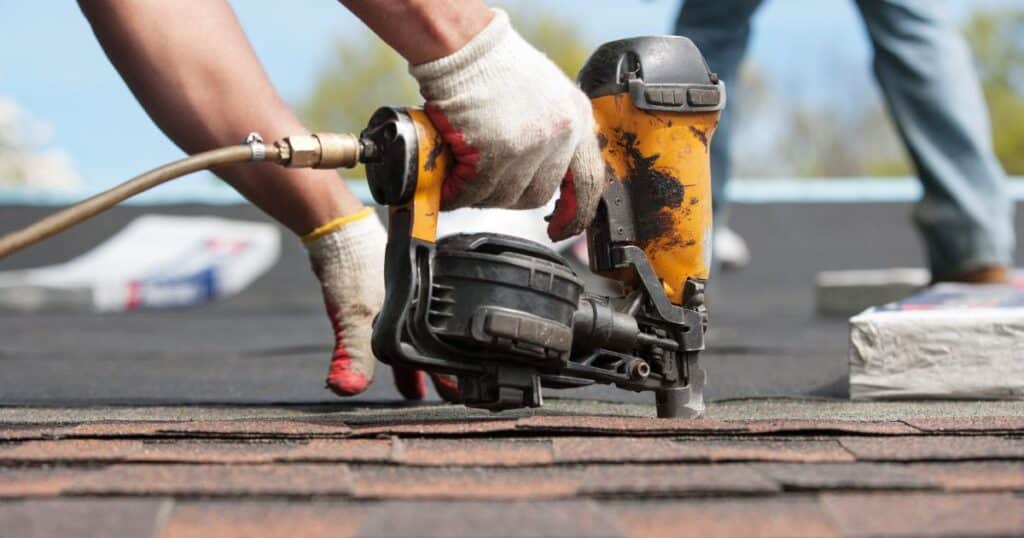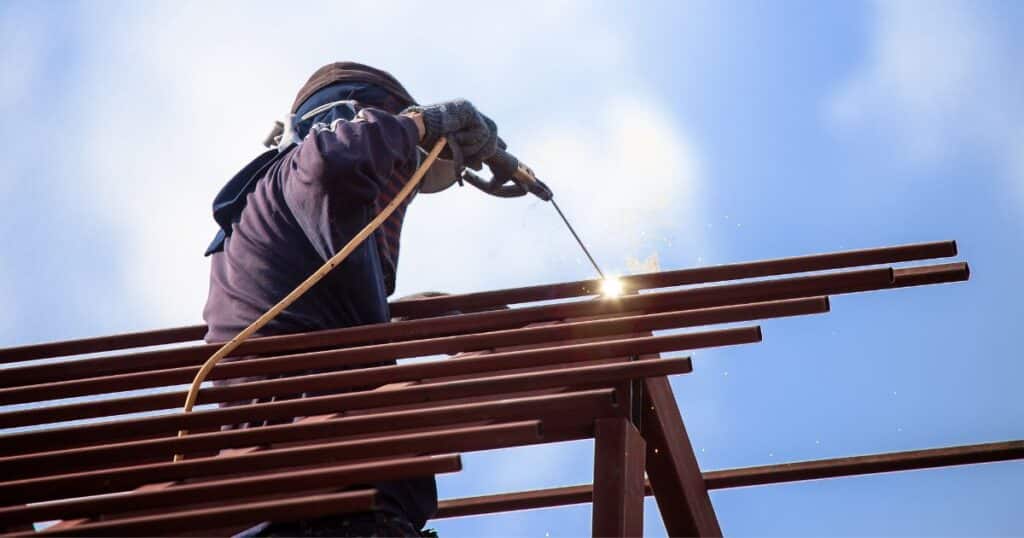
Welcome, curious roof adventurers, to a world where caulk reigns supreme! In the realm of roofing, caulk is the unsung hero, the secret weapon that holds everything together with a squeeze. But wait, dear reader, for the plot thickens! With countless caulk options to choose from, how do you find the true champion? What is the best caulk for roofing?
The best caulk for roofing depends on the specific application and materials involved. For most roofing applications, a high-quality, durable elastomeric caulk designed specifically for roofing is recommended. Silicone-based or polyurethane-based caulks are often favored for their excellent weather resistance and flexibility. However, it is essential to consult with a professional roofer or follow the manufacturer’s recommendations to ensure the best caulk for your specific roofing needs.
The Importance of Caulk in Roofing
If you are a homeowner, you may be familiar with the term “caulk.” However, if you’re not involved in home maintenance or repair, you might not understand what caulk is and why it’s important for roofing. In simple terms, caulk is a material that fills gaps and cracks to prevent air and water from entering your home.
When used on roofs, it seals around vents, chimneys, and other protrusions to keep moisture from seeping under shingles or tiles. Caulk plays a crucial role in maintaining your home’s energy efficiency.
By sealing gaps and cracks around windows, doors, and other openings, caulk prevents air leaks that can drive up your heating and cooling bills. Additionally, by keeping water out of your home’s structure – especially on the roof – caulk helps protect against costly water damage repairs.
RELATED: What is the Best Roofing Sealant to Use: The Ultimate Guide to Choosing the Best Roofing
The Problem with Choosing the Best Caulk for Roofing
Choosing the best caulk for roofing can be daunting because there are so many options on the market. Each type of caulk has its own pros and cons based on factors like application method, curing time, color options, durability, and strength of adhesion. Furthermore, most homeowners don’t have extensive knowledge about caulks beyond a few popular brands or types that they may have used before.
This lack of expertise makes it difficult to choose which type of caulk will work best for their specific roofing needs. As a result, many homeowners end up choosing an inadequate product that doesn’t last as long as expected or, worse yet, causes additional problems down the line.
Why We Need to Discuss the Best Caulk for Roofing
As someone who has seen too many weak caulks fail when they were needed most—such as during a heavy storm—this author believes it is crucial to have a discussion about the best caulk for roofing. We need to educate homeowners on what factors to consider when selecting caulk and which options are most effective. This conversation should include expert opinions, research-based data, as well as real-life experiences.
Ultimately, by choosing the right type of caulk for your roof, you can save money on energy bills and prevent costly repairs caused by water damage or drafts. So let’s dive in and explore the different types of caulk available on the market and what makes each one unique – in order to find out which one truly deserves the title of “best” for roofing purposes.
What is the Best Caulk for Roofing?
Caulk is one of those crucial items that often gets overlooked until it’s too late. From sealing gaps to providing a waterproof seal, it’s essential to have the right type of caulk for your specific job. While there are many different types of caulk available on the market, let’s start by looking at the three most common: silicone, polyurethane, and acrylic.
Silicone Caulk
Silicone caulk is a popular choice for roofing due to its superior waterproofing capabilities and excellent adhesion strength. It’s also resistant to extreme temperatures and UV rays.
However, one downside to silicone is that it can be challenging to paint over once it has dried. Additionally, if you plan on applying new caulk down the road, you’ll need to remove all old silicone before doing so since new silicone won’t adhere properly over old.
Polyurethane Caulk
Polyurethane caulk is another option that offers excellent adhesion strength and flexibility compared to other types of caulks. It can withstand significant temperature fluctuations without cracking or shrinking and adheres well even when applied in wet conditions. Additionally, polyurethane can be painted over with ease once dried.
However, unlike silicone, polyurethane doesn’t offer UV resistance capabilities making it less ideal for outdoor applications where sun damage is a concern. Furthermore, its strong adhesive properties mean that removing it can be quite difficult once dried.
Acrylic Caulk
The final common type of caulks available on the market is acrylic caulk. It’s often used for interior applications such as windowsills or baseboards because it dries quickly and can easily be painted over once dry. While acrylic may seem like an attractive option given its convenient drying time and paintability benefits; however, keep in mind its primary disadvantage is its lower durability.
Acrylic does not hold up as well under harsh weather conditions as silicone or polyurethane and can easily crack or shrink over time. The bottom line: When it comes to choosing the right caulk for your roofing applications, there are several factors to consider.
Each type of caulk has its unique strengths and weaknesses that should be weighed before making a final decision. In the next section, we’ll dive deeper into the differences between silicone and polyurethane caulks to help you make a more informed decision.
Comparing Silicone vs Polyurethane Caulk
The Battle of the Titans: Two Popular Types of Caulk
When it comes to roofing, two types of caulk are often recommended – silicone and polyurethane. Both have unique properties that make them ideal for certain scenarios. While some roofers prefer one over the other, it’s essential to understand the differences between these two popular types before choosing which one to use.
The Ultimate Showdown: A Comparison of Properties
One critical factor in deciding which type of caulk to use is its properties. Silicone is known for its excellent flexibility and adhesion strength, making it perfect for areas that experience frequent expansion and contraction, such as near vents or skylights. On the other hand, polyurethane is known for its durability and ability to withstand harsh weather conditions, making it an excellent choice for roofs with a lot of exposure.
In terms of adhesive strength, silicone has a stronger bond than polyurethane, which makes it ideal for sealing around vents or chimneys. It’s also resistant to mold and mildew growth, making it a fantastic option for damp areas.
However, silicone may not be suitable for porous surfaces or surfaces that move frequently due to its inflexibility. On the other hand, polyurethane is highly durable and can withstand various weather conditions without cracking or splitting.
It’s also flexible enough to be used on different surfaces while maintaining its adhesive strength. However, polyurethane may not be suitable in areas with high moisture levels as it can break down over time.
The Conclusion: Choosing The Right One For The Job
Both silicone and polyurethane have their advantages and disadvantages when used in roofing projects. In some cases, using both types together can create an optimal solution depending on the situation at hand. When deciding which type of caulk to use, it’s essential to consider the specific needs of the project.
For example, if you’re sealing around chimneys or vents, silicone may be the better option due to its adhesive strength. However, if you’re sealing areas with high exposure or extreme temperatures, polyurethane may be the better choice.
Always consider the environment and weather conditions that could affect the performance of the sealant over time. Ultimately, choosing the right caulk for your project will depend on a careful assessment of all factors involved.
The Devil is in the Details: Applying Caulk to Roofs
Applying caulk to a roof may sound like a straightforward task, but it’s actually more nuanced than you might think. It takes skill and expertise to make sure that the caulk is applied correctly so that it can perform its job of preventing water from seeping into your home. For this reason, I want to share some expert tips on how to apply caulk properly.
Firstly, it’s important to know that the surface you are applying caulk onto must be clean and dry before you begin. This means that any debris or dust must be removed, and the surface should be free of moisture.
If there are any cracks or holes in the roof surface, these should be filled with putty or epoxy before applying caulk. Otherwise, water will seep through and cause damage.
When applying caulk, use a caulking gun rather than trying to apply it by hand. This will ensure a smooth application without any blobs or unevenness in the sealant.
Start at one end of the roof and work your way across systematically until you reach the other end. Use gentle pressure on the trigger so that you have better control over how much sealant comes out of the gun.
Don’t Fall into These Common Mistakes
Now that we’ve discussed some general tips for applying caulk properly, let’s talk about common mistakes people make when trying to do this themselves. One mistake people make is not using enough sealant when they apply it; they may only put down a thin layer on their roofs because they believe too much would make a mess. However, this approach leaves gaps where water can still penetrate through cracks or crevices in your roofing structure.
Another mistake homeowners tend to make is forgetting about reapplying caulking over time as weather conditions change throughout seasons which leads to cracks. Regular maintenance will ensure the seals remain intact in all weather conditions.
One of the most significant mistakes people make is not choosing the right type of caulk for their roofing materials. It would be best if you opted for a sealant that is specifically designed for your roof’s unique properties and will create a secure bond with it.
The Right Tool for the Job
The last crucial tip to consider is selecting the correct applicator tool. Applicators vary in size, shape, and style, so choose one that’s appropriate for your needs:
There are spatulas or putty knives designed specifically to apply caulking to roofs and other surfaces properly. These tools are perfect for getting into tight spaces where you need precise control over how much sealant comes out of your gun.
Another option available is a foam roller brush that spreads caulk evenly across a broad surface area without leaving any bubbles or ridges behind. When applying caulk to your roof, take your time and follow these expert tips carefully.
Remember to choose a high-quality sealant that suits your specific roofing material and use an appropriate caulking gun or applicator tool to ensure an even application. With these tips in mind, you’ll have peace of mind knowing that your roof will stay leak-free all year round!
RELATED: What is the Best Roofing Shingle for a House: A Comprehensive Guide
Frequently Asked Questions
Can I use silicone caulk on roof?
Yes, silicone caulk can be used on roofs and is often recommended for its durability, flexibility, and resistance to extreme weather conditions.
What is the best caulk for a metal roof?
The best caulk for a metal roof is typically a high-quality silicone-based caulk specifically designed for metal surfaces, providing excellent adhesion and weatherproofing.
What is the best sealant for a concrete roof?
For a concrete roof, the best sealant is usually an elastomeric coating or sealant that is formulated specifically for concrete surfaces, offering durability and protection against moisture and cracking.
What is best to seal a leaking roof?
To seal a leaking roof, it is important to address the underlying cause of the leak. Depending on the type of roof and the specific issue, options may include using roofing cement, elastomeric sealants, or specialized repair products designed for the type of roof material.
What type of silicone is used in roofing?
Silicone sealants specifically formulated for roofing applications are commonly used in the roofing industry. These silicone sealants are designed to provide weather resistance, adhesion to various roofing materials, and long-lasting durability.
How long will silicone caulk last on roof?
The longevity of silicone caulk on a roof can vary depending on factors such as weather conditions, exposure to sunlight, and maintenance. On average, silicone caulk can last for 20 to 25 years or even longer when applied properly and maintained regularly.
Conclusion: The Best Caulk for Roofing
After a thorough analysis of the different types of caulk available on the market, it is clear that polyurethane caulk is the best option for roofing applications. While silicone caulk is a popular choice due to its water-resistant properties, polyurethane offers superior adhesion strength and flexibility. In addition to its strong bonding capabilities and elasticity, polyurethane caulk also has excellent durability and can withstand extreme temperatures.
This makes it ideal for use in environments with varying weather conditions. While acrylic caulk may be a cheaper alternative, it lacks the adhesive strength needed for proper sealing on roofs.
It also tends to shrink over time, which can lead to gaps in the sealant and potential leaks. When it comes to choosing the best caulk for roofing applications, polyurethane is the way to go.
Its superior adhesion strength, flexibility, and durability make it an ideal choice for sealing up your roof. So don’t settle for anything less than the best – choose polyurethane caulk today!
A Final Word
As homeowners or contractors tasked with maintaining roofs know all too well, even small amounts of water can cause significant damage if left unchecked. Ensuring that your roof is properly sealed with high-quality products like polyurethane caulks can not only protect your investment but also provide peace of mind knowing that your home or building is protected from leaks.
While choosing the right type of caulk may seem like a small detail in comparison to other major roofing decisions such as materials and design choices, it’s important not to overlook its crucial role in keeping your property safe and dry. So whether you’re repairing an existing roof or installing a new one, remember that investing in top-quality products like polyurethane caulks will pay off in both the short term and long term by providing reliable protection for years to come.





